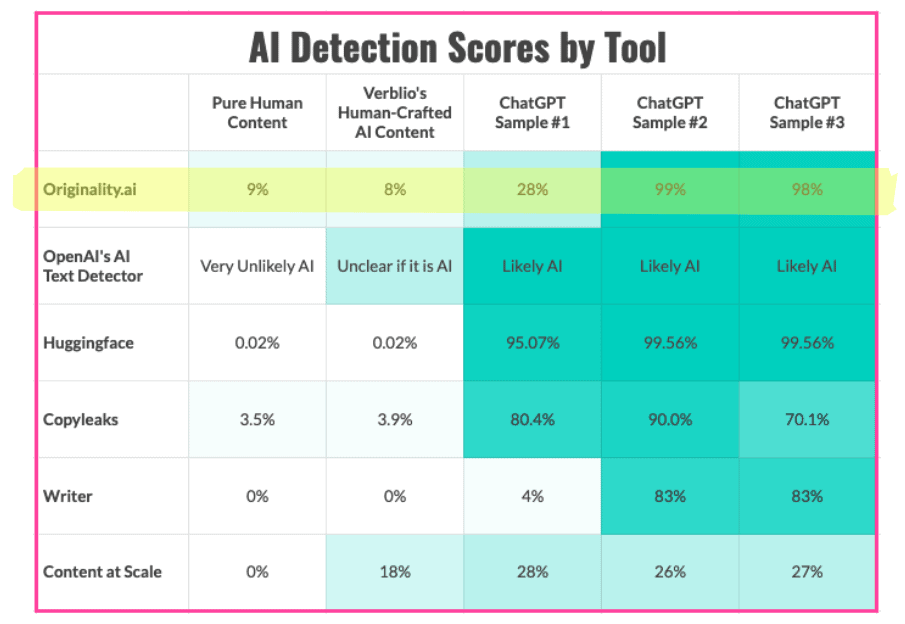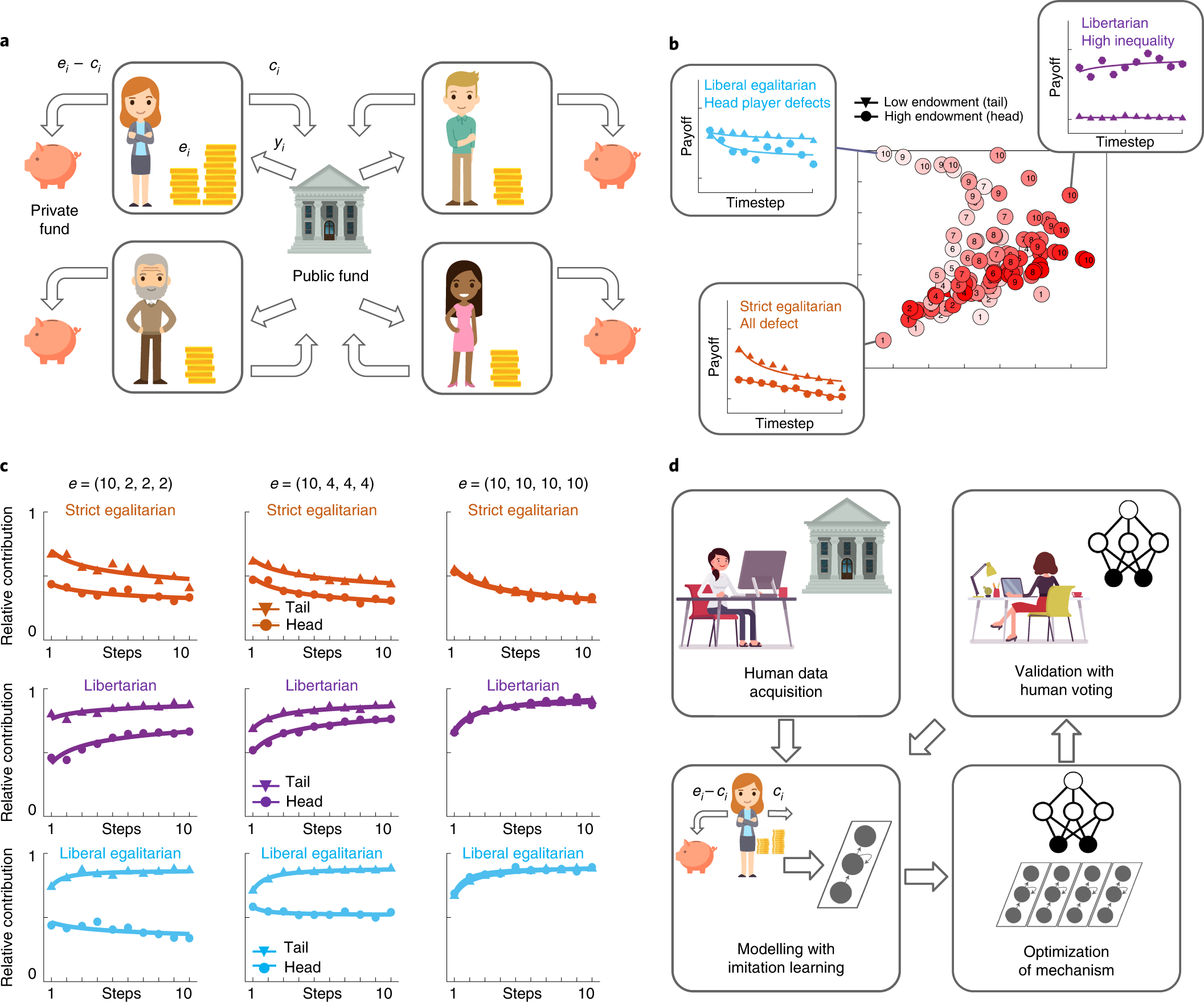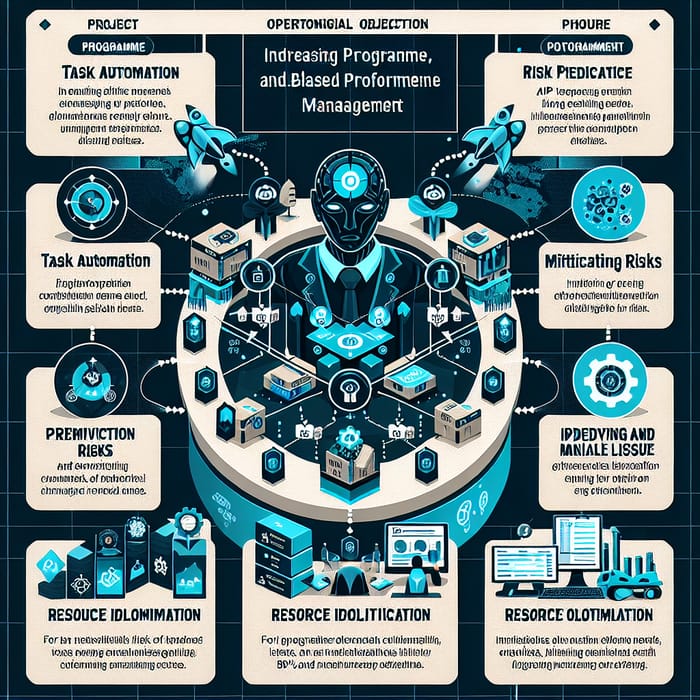In the contemporary digital landscape, artificial intelligence (AI) is reshaping how we create and manage content. As these technologies become increasingly integrated into our workflows, it's essential to consider the human aspect that complements this digital evolution. Ethical AI practices—especially those that incorporate human oversight—ensure that content not only achieves operational efficiency but also retains authenticity and creativity. If you are a content creator or business leader, navigating this complex environment can help you successfully balance the advantages of AI with ethical responsibilities. This guide will highlight how effective collaboration between AI and human input can lead to career growth and uphold the integrity of your content. By exploring best practices for AI-human collaboration, addressing potential inaccuracies, ensuring originality, and emphasizing the roles of human professionals, you can leverage the power of AI in your work.
How Can We Maintain Authenticity in AI Content Creation?
Authenticity is crucial when it comes to content creation, particularly in a time when AI can generate text at an unprecedented scale. But what does authenticity really mean in this context?
Authenticity refers to the genuine quality of content, particularly the unique voice that human creators provide. AI-generated content often lacks personal experiences and emotional depth, elements that resonate with audiences in meaningful ways. Therefore, incorporating human insights is vital for enhancing the emotional narrative of the material you produce. You can employ human editors to review and enrich AI outputs to ensure that the final product reflects your brand's identity and values.
Research indicates that AI tools can inadvertently produce repetitive or generic content, potentially diminishing the unique voice that creators bring. For instance, studies show that organizations blending human oversight into their AI processes significantly improve content quality. By actively involving human contributors and establishing guidelines for AI usage, you can maintain authenticity while capitalizing on the efficiencies that AI offers.
This infographic showcases the balance between AI efficiency and the necessary human creativity that enhances content authenticity (Source: Easy-Peasy)
What Are the Best Practices for AI and Human Collaboration?
Collaborating effectively between AI tools and human editors is essential for creating engaging content. By integrating AI tools seamlessly into your content creation workflow, you can enhance productivity without sacrificing quality.
First and foremost, maintaining editorial oversight is crucial. Establishing clear protocols for reviewing AI-generated content ensures that your final product aligns with your brand's voice and standards. You can utilize AI for tasks like data analysis or drafting outlines, allowing content creators to focus on more complex, creative aspects. For example, Mastercard optimized its recruitment process using AI, which led to increased community engagement and an improved applicant experience.
Moreover, modifying workflows to facilitate collaboration between humans and AI can lead to successful outcomes. Regular training sessions and open communication among team members can help identify areas for improvement and streamline the use of AI tools.
This chart explains the collaboration process between AI tools and human editors, emphasizing effective partnerships in content creation (Source: PwC)
How Do We Prevent AI from Generating Inaccurate Information?
While AI has the potential to revolutionize content creation, it also carries the risk of generating inaccuracies and misinformation. Implementing oversight mechanisms is essential to prevent erroneous information from reaching your audience.
Start by establishing routine audits of AI outputs. Conducting these audits can help identify and address inaccuracies and biases before they affect your audience's perception. Research indicates that over 80% of companies using AI lack sufficient oversight mechanisms, increasing the likelihood of misinformation. By regularly evaluating the data sets that train your AI models, you can foster a more reliable content generation process.
Ensuring data quality is also important. The data used to train AI models should be accurate and representative to minimize bias. Keeping track of the sources and methodologies of your AI tools will help enhance the quality of the content produced.

This flowchart outlines the auditing process for AI-generated content, crucial for identifying inaccuracies during content production (Source: Verblio)
How Can We Ensure Originality in AI-Generated Content?
As AI tools advance, ensuring originality in AI-generated content poses a significant challenge. Understanding copyright issues and fostering creativity alongside automation are vital components of this undertaking.
Implementing AI detection tools can help verify the originality of content produced. As these tools evolve, they can quickly flag potential instances of plagiarism or lack of originality. Research indicates that organizations that proactively use these tools often strengthen the integrity of their content.
Additionally, encouraging creative input from human contributors allows for innovative approaches. Combining AI efficiencies with human creativity can result in high-quality, original content. Engaging teams in brainstorming sessions and utilizing AI for idea generation can lead to the development of unique concepts.

This image provides examples of AI-generated content with originality scores, showcasing how to measure originality effectively (Source: Fat Stacks Blog)
What Roles Do Humans Play in an AI-Driven Environment?
As AI technologies evolve, so do the roles of human professionals within organizations. Understanding these emerging roles in AI governance and ethics can provide you with new opportunities for career growth.
Positions such as Algorithmic Recruiting Analysts, Ethical AI Compliance Officers, and AI Ethics Specialists are becoming increasingly important. These roles focus on ensuring ethical AI use in recruitment and content creation while promoting fairness and accountability. A notable example is Unilever's partnership with Pymetrics, which enables them to implement responsible and transparent AI-driven recruitment practices.
To succeed in these roles, professionals need to continually develop their skill sets. Participating in relevant training and workshops will help you stay informed about best practices in AI ethics. This commitment to ongoing learning ensures that you remain competitive in an increasingly AI-driven job market.

This visual representation illustrates the evolving roles within hybrid human-AI teams, highlighting human contributions in AI environments (Source: Springer Nature)
What Methodologies Ensure Ethical Oversight in AI Systems?
Conducting ethical audits of AI systems is crucial for ensuring fairness, transparency, and compliance within any organization. By applying various methodologies, you can maintain ethical practices in your AI systems.
A fairness analysis should involve examining the decision-making processes of AI for any biases that may exist. Implementing algorithmic impact assessments allows organizations to evaluate the societal implications of their AI systems. In addition, accountability measures must be enforced to maintain clarity regarding AI operations, ensuring alignment with community standards.
Regular audits and evaluations of your AI systems are essential to prevent the perpetuation of biases and inaccuracies. As AI tools become more sophisticated, staying vigilant in monitoring their performance is key.

This diagram outlines the key methodologies for auditing AI systems and ensuring ethical compliance in recruitment (Source: HighRadius)
Conclusion
Navigating the intersection of AI and human editorial oversight is vital for content creators and business leaders who aim to uphold the values of authenticity, accuracy, and originality. By fostering collaboration between AI tools and human creativity, you can maximize efficiency while ensuring content integrity. Embracing emerging roles in AI ethics and governance prepares you for the evolving landscape of recruitment and content creation. As you adapt to these changes, remember that maintaining ethical considerations is not merely a responsibility; it is also a pathway to professional growth. By establishing clear guidelines and methodologies, you can create a future where AI and human ingenuity coexist harmoniously.


Comentários (0)
Entrar para participar da discussão ou .